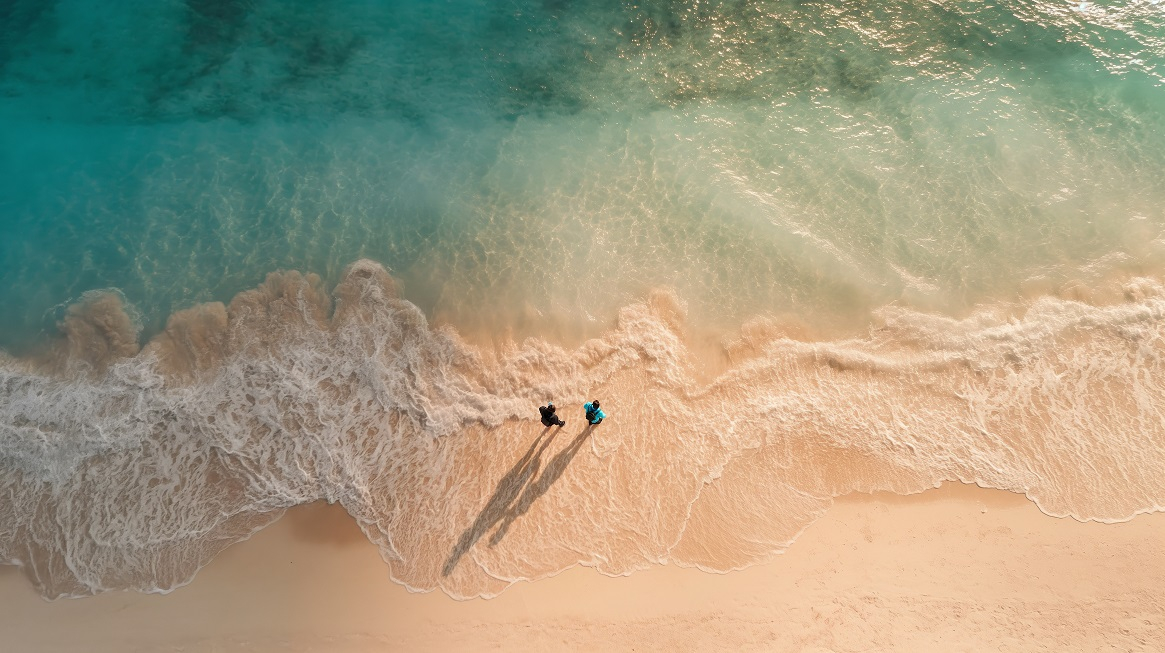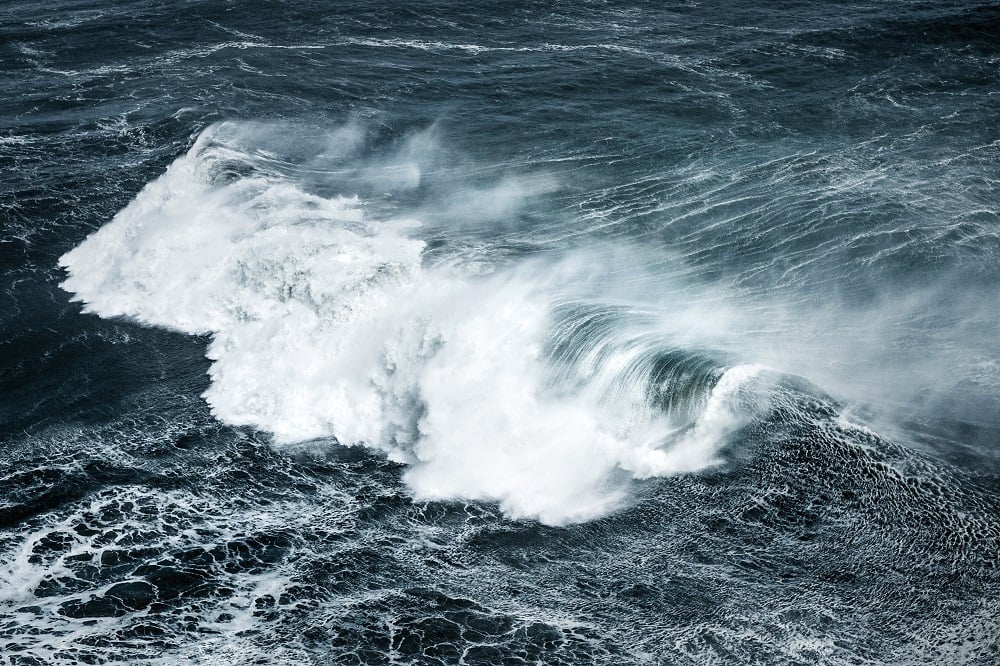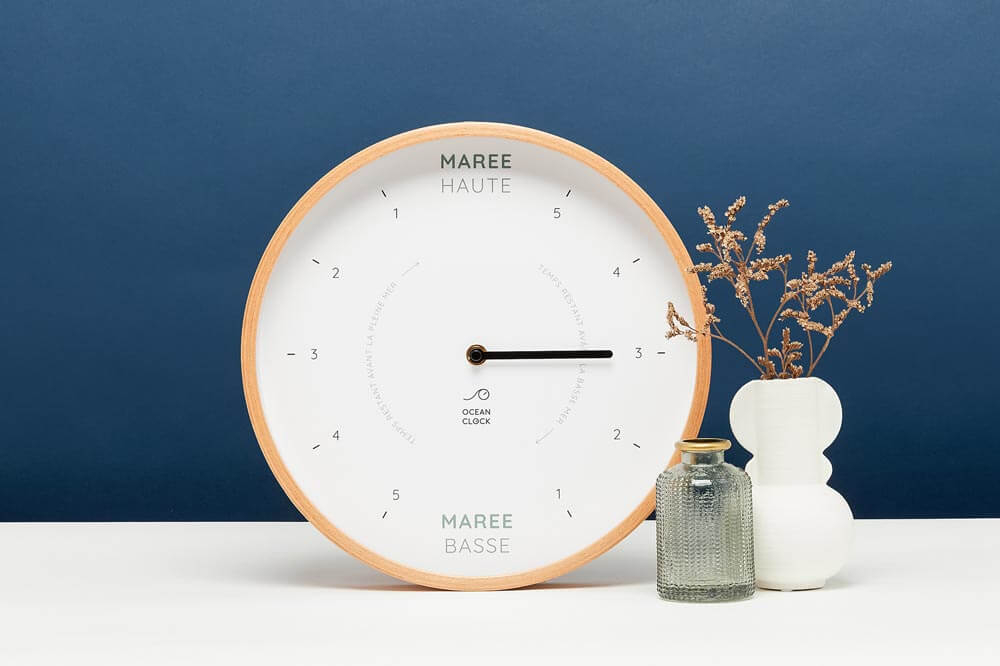What is the difference between sea and ocean?
Explore with us the ocean mysteries !
You may be asking yourself this question right now while sitting on your towel, feet in the sand and having for sole horizon the ocean or the sea. We chose to investigate these water bodies, very popular summer spots, in which we like to dive without moderation. In this article, you will “finally” see the difference between sea and ocean.
Seas and oceans: different sizes and borders
Before the first trip round the whole world, the ocean was called “ocean sea”, but it is when Magellan was sailing the world ocean that he decided to call the ocean “Pacific” when he realised that the ocean he was sailing on was calm. From then, all parts of the world ocean were given a name: Atlantic Ocean, Indian Ocean, Austral Ocean, Artic Ocean. If we look into the definitions of “ocean” and “sea” we notice that the difference between the two is very subtle. However, there are a few points that help us distinguish a sea from an ocean.
We often hear that size does not matter but in the maritime field it does. Indeed, it is a matter of size! It is the huge surface area of the ocean that easily distinguishes it from the sea. Even if the sea is also defined as a large body of salt water, its surface area is smaller. To give you a reference, the biggest sea (Arabian Sea) has a surface of 3.6 million km² whereas the smallest ocean (Artic Ocean) has a surface of more than 14 million km².
The difference between the sea and the ocean does not stop here, it is also a matter of borders! If we look into the definition of the ocean, it is written that an ocean is always surrounded by continents.
.png)
As for the sea, it can be surrounded by lands and/or the ocean. Therefore, there are several kinds of sea on the blue planet.
- A “shelf” sea is like an extension of the ocean. It is actually the case with the Channel, North Sea or Caribbean Sea which all largely border the Atlantic Ocean.
- An “inland” sea can only connect with another sea, like the Baltic Sea, Black Sea or Adriatic Sea.
- A « semi-enclosed » sea is linked to the ocean through a narrow passage just like the Mediterranean Sea joins the ocean via the Strait of Gibraltar.
- An « enclosed » sea does not connect with any sea or ocean, just like the Caspian Sea and Aral Sea for example.
.png)
The Sargasso Sea is one of a kind as it has no shores, it is just a zone of the Atlantic Ocean. This is why it can sometimes be tricky to see the difference between the sea and the ocean.
Water is saltier in the sea than in the ocean
The borders and size of the water body are not the only distinctions between ocean and sea. Indeed, the salinity of water is also a factor to take into account.
Surely, it is not by comparing the taste of water that you can distinguish the ocean from the sea, even if the water in the oceans is less salty than in the seas (the salinity of oceans is on average of 35g/L). Why are seas saltier? Ocean currents enable to regulate the salinity of oceans thanks to thermohaline circulation. To understand this phenomenon better, we invite you to read our article about ocean currents.
On the other hand, seas are saltier because of more important water evaporation. As salt does not evaporate, thus sea water has a higher density of sodium chloride.
.png)
For instance, the salinity of the Mediterranean Sea is 39g/L, and for the Red Sea it is 42g/L. The only sea that is an exception to the rule is the Baltic Sea whose salinity is 7g/L. This low-salt water can be explained by substantial freshwater input and rainfalls which all compensate the water lost during evaporation.
Depths that make a difference
Another element that allows to distinguish seas from oceans is depth! Ready to leave the seaside? Put on your wetsuit, fins and oxygen bottle because we are about to dive from hundreds to thousands of metres under the surface.
Generally, the ocean is much deeper than the sea even if some seas can be almost as deep as big oceans.
To give you a few examples, the depth of the Channel is 174m, the one of the North Sea is 700m and for the Black Sea it is 2,212m. Some seas are much deeper like the Mediterranean Sea with 5,267m, Sargasso Sea with 7,000m or even the Coral Sea with 9,140m.
Yet, oceans can reach amazing depths, often more than 8,000m like the Indian Ocean with 8,047m, the Atlantic Ocean with 8,486m or even the Pacific Ocean with its Mariana Trench which can reach 11,022m, the deepest seabed in an ocean ever recorded.
_1.png)
You have probably figured out that even if oceans and seas have been distinguished by man, there are however real differences between our favourite summer locations. Are you more into the sea or the ocean?
Seaside lovers, our ocean-inspired deco items are made for you! Tide clocks, floats, paddles or even reef knots are ready to complete your deco. Discover right away all Ocean Clock products.


